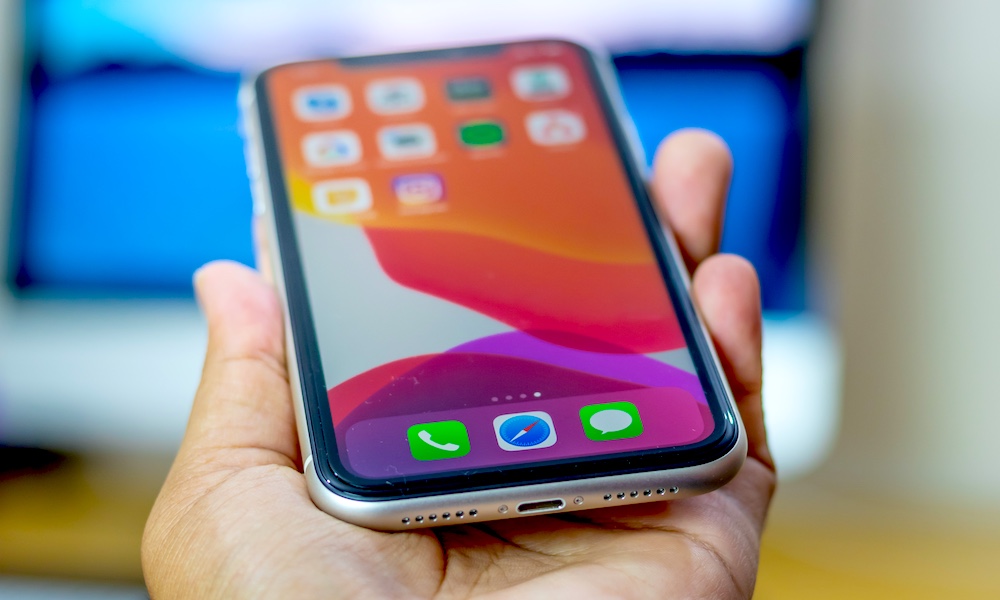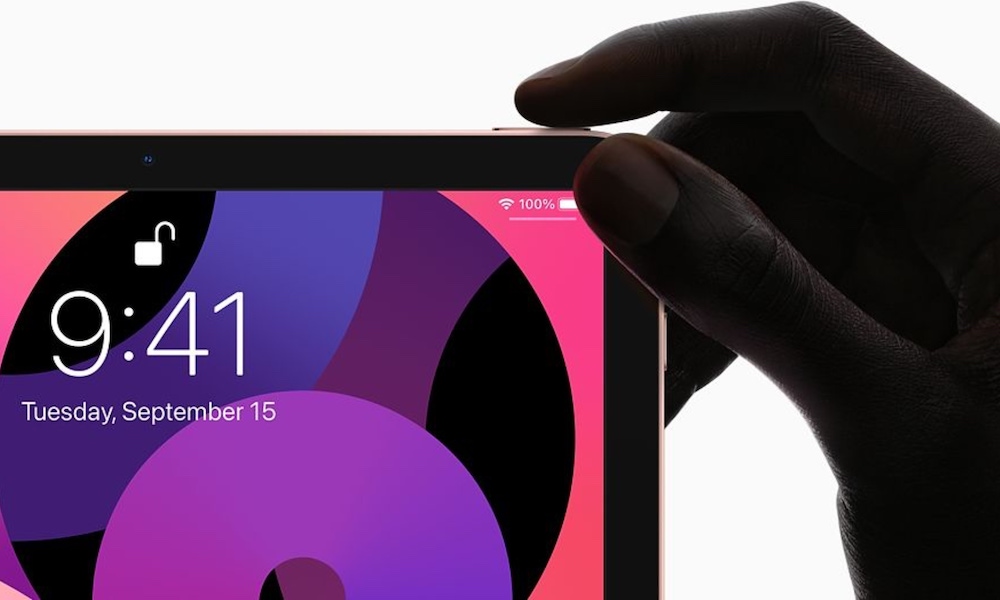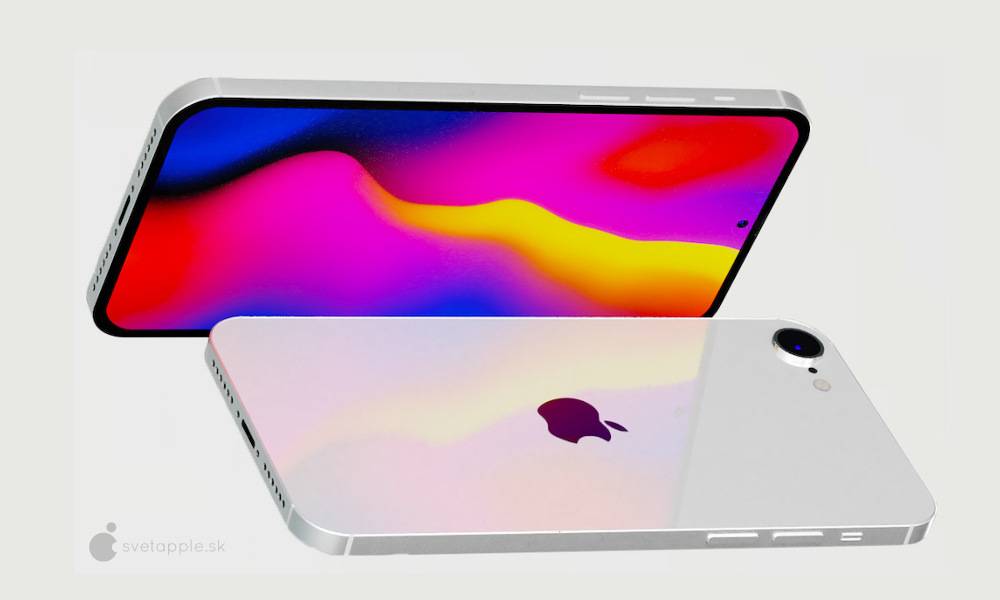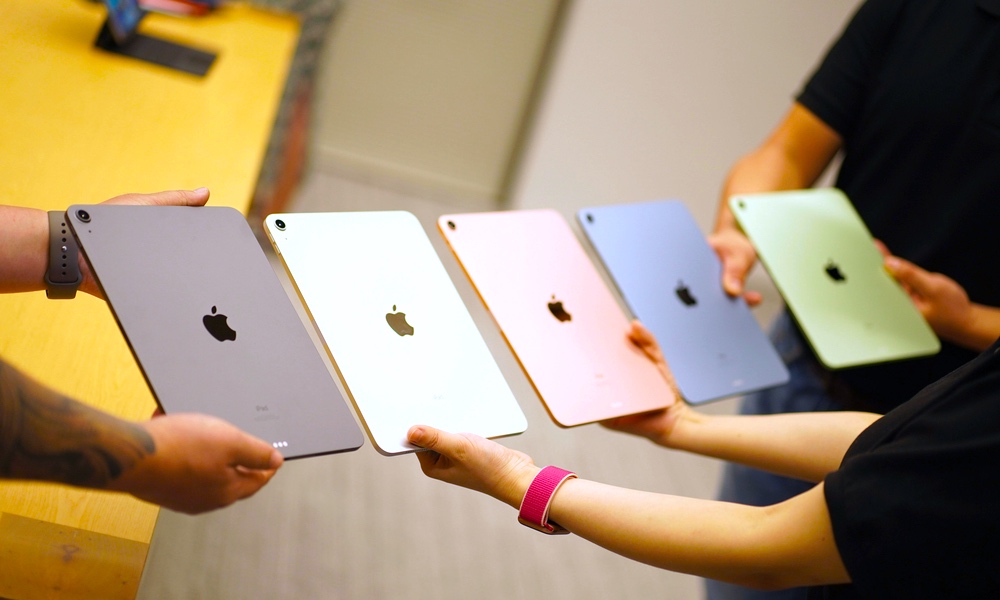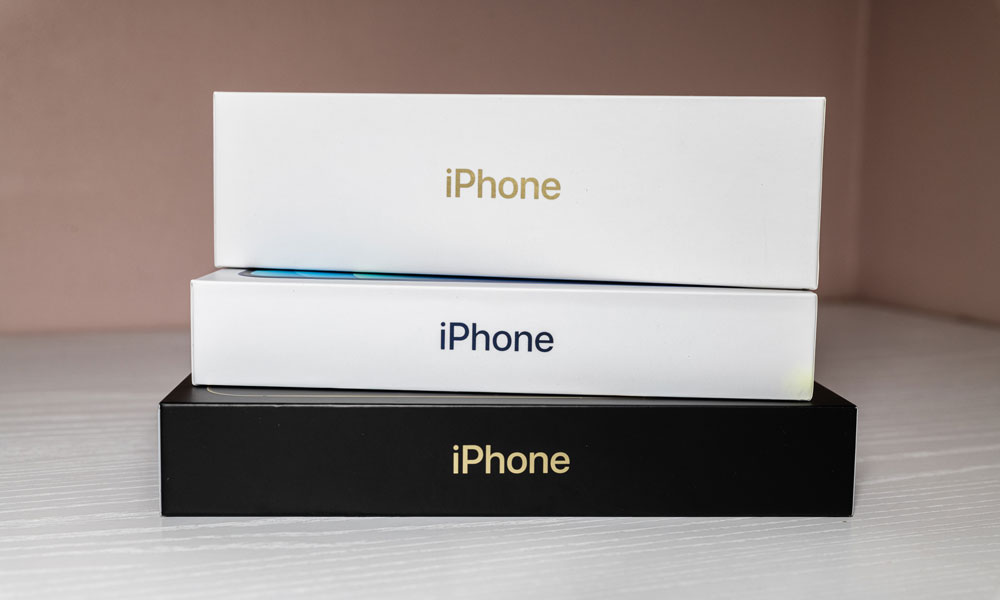iPhone SE 2023 Will Get These 5+ New Features and Changes
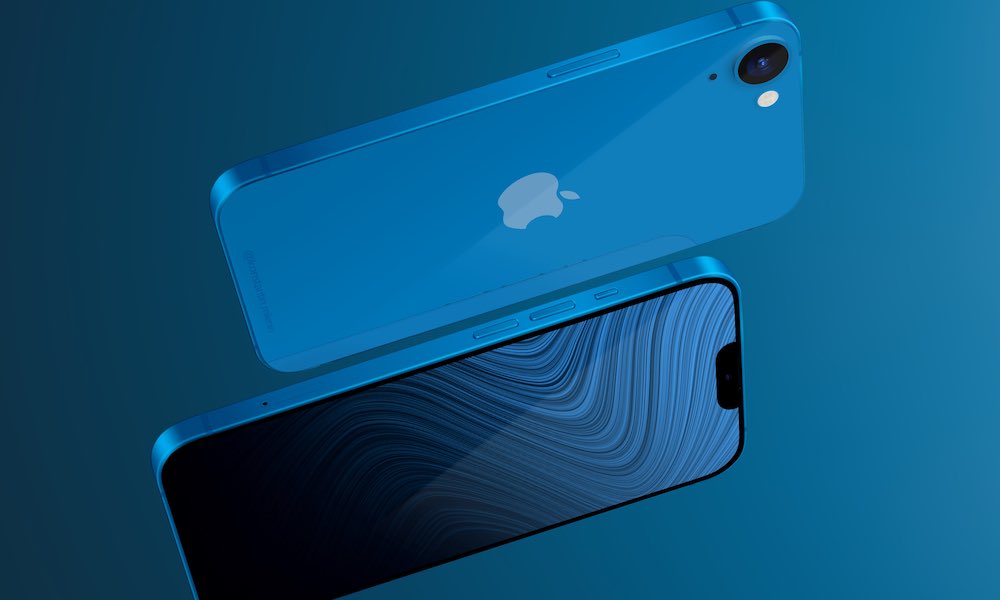 Credit: Konstantin Milenin / Twitter
Credit: Konstantin Milenin / Twitter
Although next year’s iPhone SE isn’t expected to offer much excitement, there’s every reason to believe that Apple has a bigger and better update waiting in the wings that could come as early as 2023.
In the short term, we’re expecting a minor refresh to the current second-generation iPhone SE that will add 5G and bring it up to current processor specs — likely packing in an A15 — but not much else. It’s expected to retain the relatively staid iPhone 8 design, and likely won’t gain any improvements to the screen or camera either. If Apple were still releasing “S” models, this would be more of an “iPhone SE 2S” than an “iPhone SE 3.”
After that, however, it could be a whole new ballgame for Apple’s wallet-friendly iPhone model, with a significant redesign and quite likely a few other things never seen on an iPhone. Read on for five things that we expect to see when the true next-generation iPhone SE arrives in 2023.
A Full-Screen Display
It’s inevitable that Apple will have to move the iPhone SE to a full-screen, edge-to-edge display. The current design is already getting long-in-the-tooth, and by 2023, it’s going to look positively archaic.
Further, the first two generations of iPhone SE have already established a pattern of using a three-year-old design. The first iPhone SE, released in 2016, adopted the 2013 iPhone 5s, and the current 2020 iPhone SE is a dead ringer for the 2017 iPhone 8.
While Apple is certainly under no obligation to continue that trend, if it does, that means a 2023 iPhone SE would mirror the 2020 iPhone 12. While that would be a bit unusual, considering that this is still a current design, it’s not entirely out of the question, and in fact it would be interesting to see Apple unify the design language across its entire iPhone lineup. After all, by 2023 the iPhone 11 would have been dropped out of the mix as well.
On the other hand, Apple could go with an iPhone XR/11 style instead, which is what most rumours are pointing to now. Either way, however, it’s a very safe bet that the bezels and front home button will be going away in favour of an edge-to-edge screen.
Side-Button Touch ID
The TrueDepth camera system that powers Face ID isn’t just a bonus feature for Apple’s flagship iPhone models; it’s also one of the most expensive components Apple packs into its iPhones. So, it’s pretty safe to say we’re not going to see Face ID on a budget iPhone model.
Instead, Apple is likely to follow the approach that it took with the fourth-generation iPad Air last year, and the sixth-gen iPad mini this year — a Touch ID sensor integrated into the side Sleep/Wake button.
We’ve been hearing reports about this design since early 2020, months before it showed up on the iPad Air. There’s also a slim possibility Apple could go with in-display Touch ID instead, but it’s important to remember the iPhone SE is all about keeping costs down, and it’s safe to say the side-button Touch ID sensor is the far more economical way to go.
A Hole-Punch Camera
Finding somewhere to put the Touch ID sensor isn’t the only challenge Apple would face in trying to put an edge-to-edge display in an iPhone SE. There’s also the matter of where to put the camera.
The larger iPad Air and iPad mini both offer plenty of bezel space to tuck in the camera, but on a smaller iPhone screen, every millimetre counts. Although the camera would be considerably smaller without all the additional TrueDepth sensors, it probably still won’t fit into the edge spaces.
Instead, Apple is reportedly looking to go with a hole-punch camera system, similar to what many Android smartphones have done. This relatively simple front-facing camera won’t need a whole notch to accompany it, so a small camera cutout makes a lot more sense.
Rumour has it that next year’s iPhone 14 will also adopt the hole-punch design, but it remains to be seen how Apple plans to pull that off. It would be interesting, however, if the lower-cost iPhone SE went hole-punch while the flagship iPhones retained the notch. Then again, Apple has also been owning the notch lately by placing it in its highest-end products, so it may not be all that strange to see the more expensive iPhones continue in this direction.
A Colourful New Design
Regardless of whether Apple goes with an iPhone XR/11 or iPhone 12 style design, the iPhone SE is going to get a lot more colourful in a few years.
It won’t be borrowing from the iPhone XR/11/12 palettes, however. Apple is expected to go in a different direction, either following the more pastel hues of the iMac and iPad Air, or those of the more vibrant HomePod mini.
A New Name?
Predictions on what Apple might call its upcoming iPhone SE models have been all over the place, but it’s also fair to say that even Apple may not have this figured out yet.
Names are always the most mysterious things about new iPhones, and about the only reason we’re able to make educated guesses each year is by looking at trends. The iPhone 13 naturally followed the iPhone 12, although even then we weren’t sure until the last minute whether it would be the “iPhone 12S” instead.
The iPhone SE, however, has no such track record, and we’ve already heard a few names thrown around:
- iPhone SE (3rd generation)
- iPhone SE 5G
- iPhone SE Plus
- iPhone SE 3
- iPhone SE (4th generation)
- iPhone SE 4
- iPhone SE Pro
With two models on the horizon, it’s even more difficult to get an idea of what Apple is going to do here. Much of this probably depends on whether Apple intends to discontinue the current model as each new one is released. It’s done this in the past, but that doesn’t mean it’s going to do this going forward.
For instance, some have suggested that next year’s 5G-capable iPhone SE will get the “Plus” moniker, but that would be extremely odd, since it’s expected to remain the same size. Before the 2020 iPhone SE came along, some had predicted it would follow fully in the iPhone 8’s footsteps, with both a 4.7-inch iPhone SE and a 5.5-inch iPhone SE Plus, but that didn’t happen.
However, Apple has never used the “Plus” designation for any hardware product that wasn’t physically larger than its standard counterpart. Further, the “Plus” suffix was retired with the iPhone 8 lineup in favour of the current “Max” models.
If Apple plans to discontinue the current iPhone SE when the 5G-capable version arrives in a few months, then it’s likely that the new one will simply be called the “iPhone SE” with a “3rd-generation” designation used in support documents, much like how Apple names its iPad models. If not, then it would make more sense for Apple to simply go with something like “iPhone SE 5G” for that model.
It’s the next iPhone SE that’s far more of a mystery. While “iPhone SE 3” seems to be the name that’s floating around, that doesn’t make much sense either. Keep in mind that even “iPhone SE 2” isn’t the official name of the current model — it’s simply the “iPhone SE” for marketing purposes, and the “iPhone SE (2nd generation)” for support purposes.
Generational designations are just that — indications of how many models have come before, and Apple bases these on product family names. For example, the 2017 fifth-generation iPad was actually the direct successor to the second-generation iPad Air, while the third-generation iPad Air (or “iPad Air 3”) ushered in a whole new class of iPad.
So, unless Apple chooses to give a future iPhone SE an entirely different name (and not just a “Plus” suffix), it’s fair to say that by 2023 we’ll be looking at an “iPhone SE (4th generation)” either way.
Of course, Apple could completely surprise us, as there are plenty of other letters in the alphabet. Let’s not forget that a little over two years ago, we were expecting an “iPhone XE” to show up. A redesign that eliminates the home button might be enough for Apple to consider this an entirely new class of iPhone.

